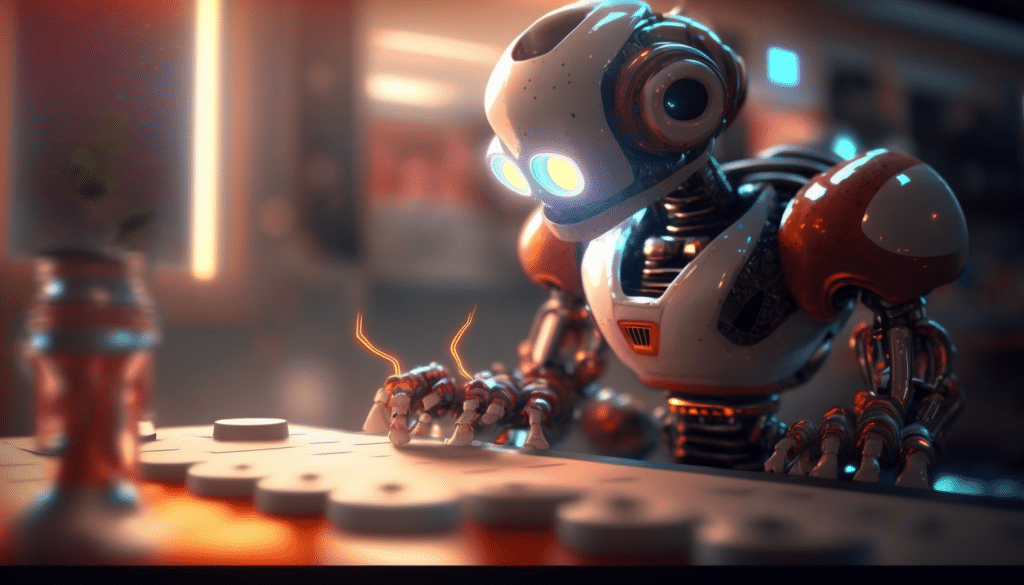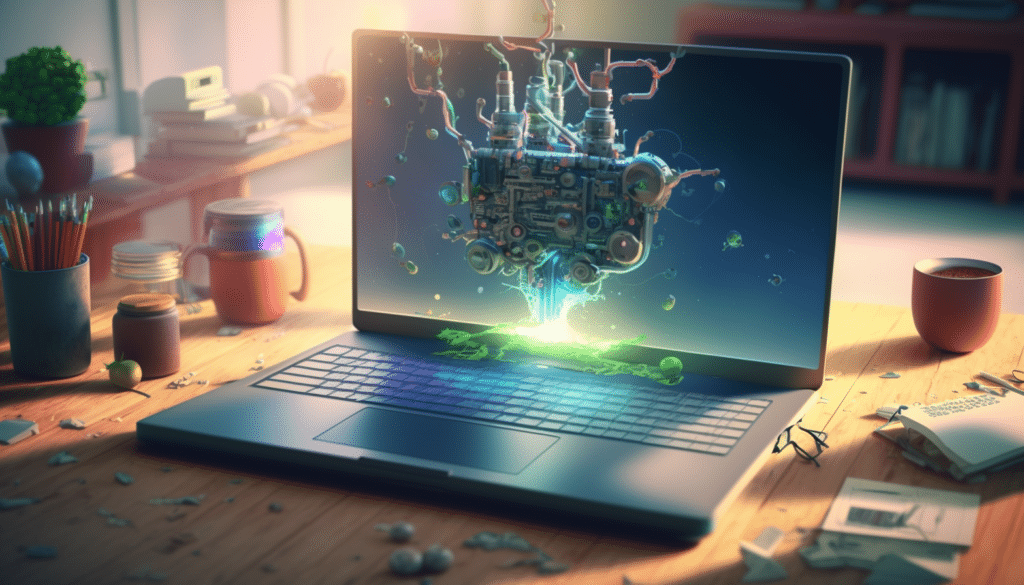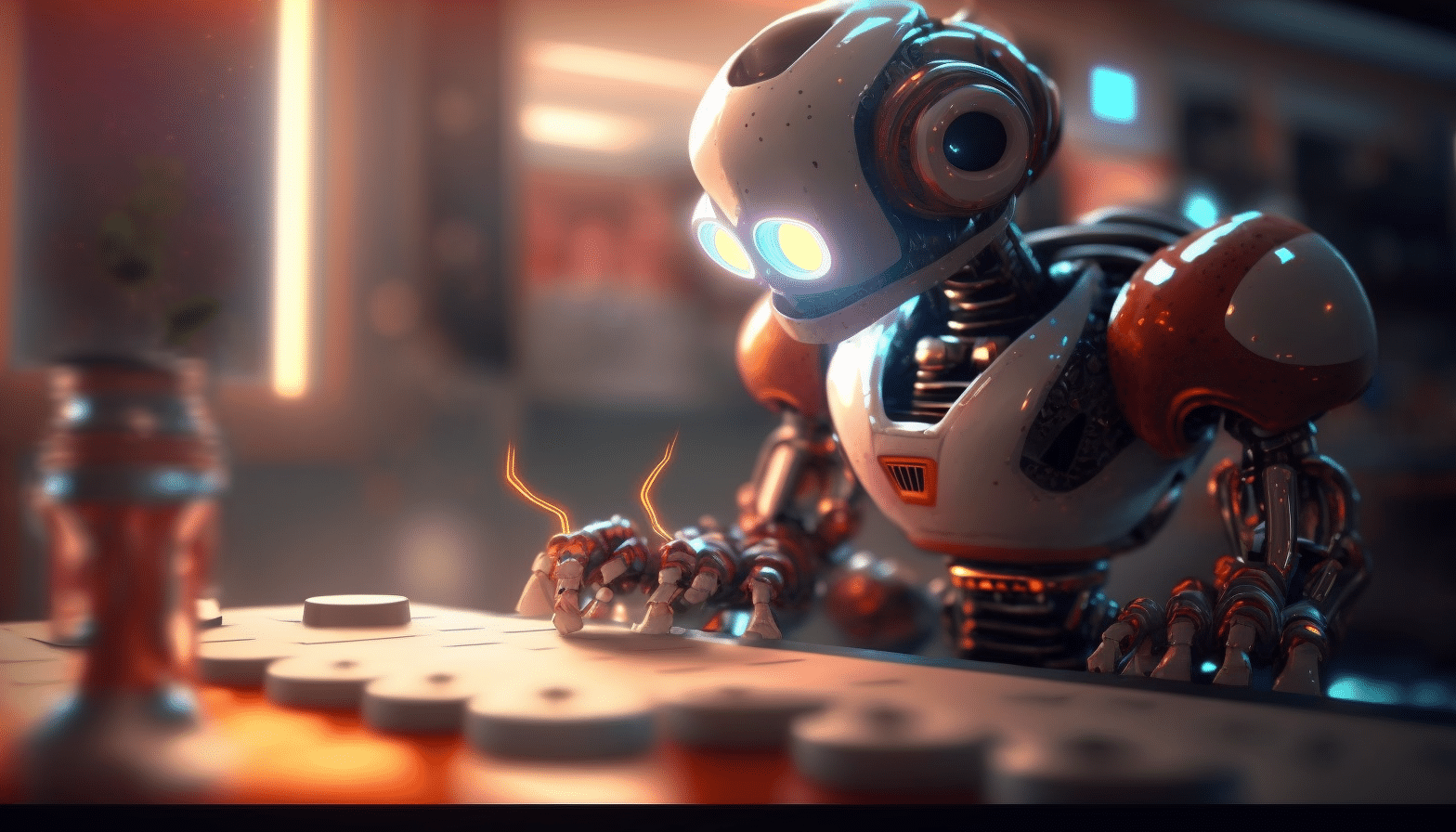This article provides an understanding of the world of Artificial Intelligence (AI) in general and the learning methods with which it is developed.
First of all, let’s remember the very concept of Artificial Intelligence, a technology programmed in such a way as to be able to carry out actions in an autonomous way. All inspired by the learning methods of us, human beings.
Many of us still see it as a concept that is far too abstract or idealized compared to the real benefits it could bring us.
Yet in a number of fields, such as medicine or ecology, AI can change everything.
But rather than trying to convince by citing impactful AI projects, or crypto AI projects that make sense, let’s look at the subject from another angle.
Let’s try to understand how AI machines work, globally, and on which learning method they are based. Let’s also try to take a look at the different branches of AI, like machine learning or robotics.
As you can see, AI is a very specific technology, which can be divided into sub-categories according to its application and learning methods.

Understand the different categories of Artificial Intelligence: Artificial Narrow Intelligence (ANI), Artificial General Intelligence (AGI) and super AI
First of all, we distinguish a type of AI according to its ability to think like a human being or not.
From there, we distinguish 3 categories: Artificial Narrow Intelligence (ANI), Artificial General Intelligence (AGI), and super AI.
Artificial Narrow Intelligence(ANI)
It is used to perform simple tasks. Works according to algorithms programmed by humans. Here we perform a predefined task. No autonomous thinking for this type of machine.
Example: Apple’s Siri voice assistance, Google Assistant or Amazon with Alexa. These use AI for voice commands and provide users with appropriate responses. There are still examples in fraud detection or machine translation.
Artificial General Intelligence (AGI)
In this context, AI has the ability to think and make decisions like a human. With the precision that for the moment, there is not yet a strong AI.
Hypothetical example: an AI capable of solving problems that humans cannot solve such as scientific or mathematical reasoning.
A debate exists about the very possibility of its existence with 2 distinct schools. ?
The super AI (ASI or Artificial Super Intelligence)
We are here in a science fiction scenario, the super AI refers to the fact that an AI surpasses the intelligence of human beings with all the theories that this entails.

Learning methods at the heart of AI machines
A. Machine Learning: exploring essential learning methods
Machine learning is the part of AI that allows machines to interpret, process and analyze data to solve real-world problems.
In short, a lot of data is given to a machine to digest so that it can then analyze it all.
Machine learning has different learning methods programmed according to: supervised learning, unsupervised learning and reinforcement learning.
1/ The supervised machine learning method based on labeled examples
Here, computers must perform specific tasks from examples that have been labeled (training data).
Example: on image recognition.
The idea being that the machine can determine if the image it is shown, belongs to the same category as those it has been shown in previous examples. ?
If we take the example of cat images, we will first show thousands of images labeled as “cat” to this computer. The latter then analyzes these images and learns to identify the characteristics that distinguish them from other animals.
Once the computer has learned to recognize cat images from these examples, it will be given new images, images never seen before. Then we’ll ask it whether or not it’s a cat image. ?
The computer then uses what it has learned from the examples to make a prediction.
2/ Unsupervised learning by comparison
Unsupervised learning is opposed to supervised learning, as the machine will not use labeled examples to perform its analysis.
He will proceed by comparison, according to the characteristics of the various elements.
Example: image segmentation. The goal is to be able to group similar images according to their similarities, without having a pre-established answer.
Very useful in recommending products on the internet for example or on apps.
3/ Reinforcement learning method, the experience
This form of learning corresponds to the one that we finally find in human beings. Thus, we rely on experiences and interactions with the environment.
In the same way, the computer explores decision making or commands, it receives either a reward or a penalty depending on its choices.
The goal being of course, that the computer advances by collecting the most rewards and thus, improve its future choices.

B/ Deep Learning: learning that dives into neural networks
Deep learning is a subcategory of machine learning that uses artificial neural networks to process more complex data and deeper models.
In short, deep learning is a more advanced and powerful machine learning technique, capable of analyzing more complex data using deeper and more sophisticated neural networks.
It is the image of a child in the process of learning who first learns the shapes. And who, little by little, uses what he sees and understands to make constructions from these forms (to see what works or not).
Thus, with deep learning, a virtual neural network is developed on large data to obtain information and create new solutions.
As these virtual neural networks explore more layers, the data becomes increasingly complex to analyze.
C/ Learning from natural language processing
AI learning will be based on the scientific method of learning from natural human language to create machines capable of communicating, and ultimately developing businesses
D/ Other branches of AI: robotics, expert systems, fuzzy logic
Without going into detail, these other learning methods include
- Robotics which is the application of AI on robots;
- Expert systems that take over the expertise of a human being in order to develop a specific thinking capacity;
- The fuzzy logic technique, a way for computers to understand things that are not just “true” or “false”, but can be a bit of both. It helps machines make decisions closer to those we humans might make in somewhat complicated situations (e.g. medicine).

In short.
- There are two main types of AI: Artificial Narrow Intelligence (ANI), Artificial General Intelligence (AGI). Narrow AI is designed to perform specific tasks, while General AI can think and make decisions like a human (doesn’t exist yet). The “super” AI is a 3rd hypothesis of type of AI, a bit science-fiction, which exceeds human intelligence.
- There are several branches of AI including machine learning, deep learning, natural language processing, robotics, expert systems and fuzzy logic.
- There are three learning methods in machine learning: supervised learning, unsupervised learning and reinforcement learning.




0 comments